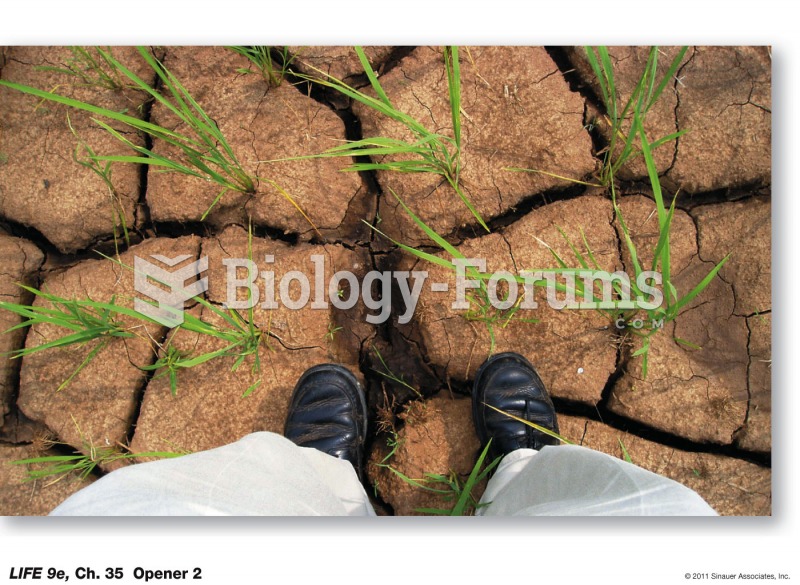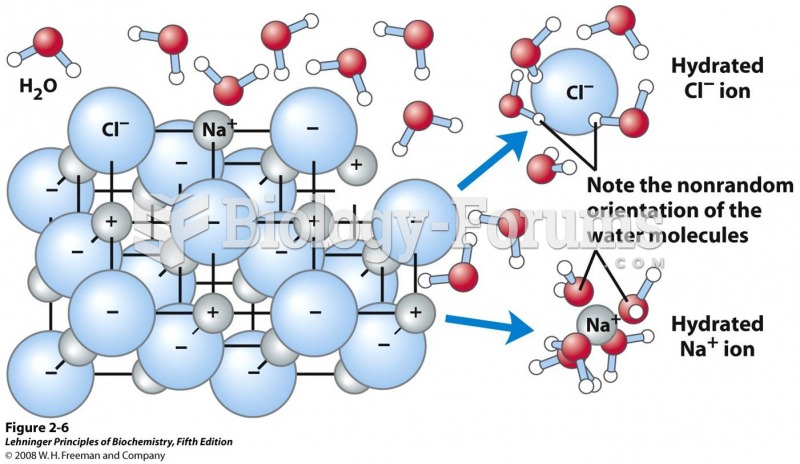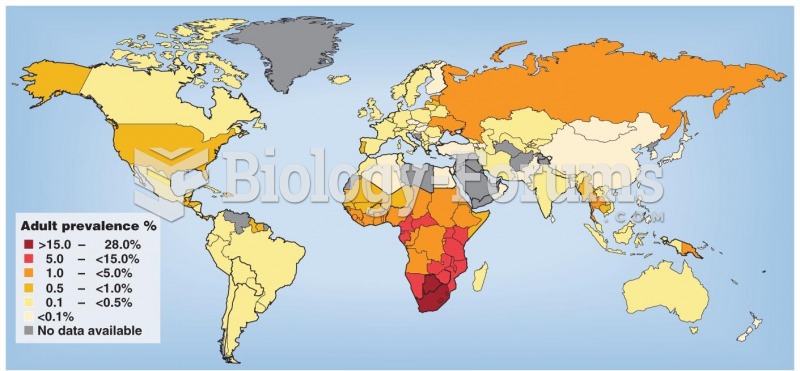|
|
|
The average human gut is home to perhaps 500 to 1,000 different species of bacteria.
The longest a person has survived after a heart transplant is 24 years.
Nearly 31 million adults in America have a total cholesterol level that is more than 240 mg per dL.
During the twentieth century, a variant of the metric system was used in Russia and France in which the base unit of mass was the tonne. Instead of kilograms, this system used millitonnes (mt).
Signs of depression include feeling sad most of the time for 2 weeks or longer; loss of interest in things normally enjoyed; lack of energy; sleep and appetite disturbances; weight changes; feelings of hopelessness, helplessness, or worthlessness; an inability to make decisions; and thoughts of death and suicide.







